Estes Venus Probe (24mm Mod) Modification
Modification - Venus Probe {Modification}
Contributed by Mike Goss
| Construction Rating: | starstarstarstarstar_border |
| Flight Rating: | starstarstarstarstar_border |
| Overall Rating: | starstarstarstarstar_border |
| Manufacturer: | Modification |
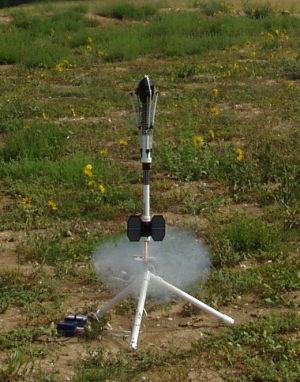
Brief:
This was one of those kits that I found at Hobby Lobby and had a 50% off coupon. It looked like an interesting build, so I purchased it even though there was a weird alien in the lander. After hearing about how underpowered the Venus Probe was on 18mm motors, I decided to change the rocket to a 24mm motor mount and remove the alien to make it more of a real lander. This is the story of the Mods.
Modifications:
The modification for a 24mm motor mount is relatively easy as long as you have the correct parts on hand. First you substitute a BT-50 body tube for the BT-20 body tube that is in the kit, which is the body tube that doubles as a motor mount. Then you replace the four "small green" centering rings (BT-20 to BT-55) with BT-50 to BT-55 centering rings. Assembly follows the instructions with the exception of the different parts. I also installed a Kevlar leader to the upper centering ring in booster assembly step 3. The rest of the assembly continues just the same as the instructions state until you get to step 11 of the booster assembly. At this point the tab of the built up fins will need to be shortened due to the larger interior tube that is being used for the motor mount. The rest of the instructions are followed for the booster build without any changes. On the lander I removed the alien and replaced it with a balsa bulkhead that was epoxied in place. An eye bolt was added for the parachute connection. The last difference is the decal for the lower tube. Since the diameter is larger than the original, it will not completely wrap around the body tube, in this case I just turned it 90 degrees and it does not look too different from the original.
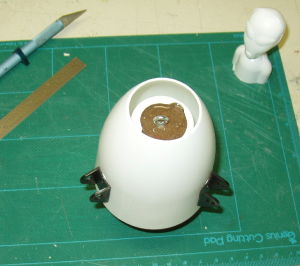
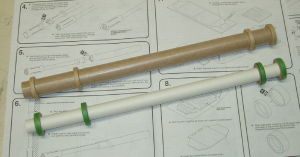
Construction Rating: 4
Flight and Recovery:
The recommended motors were all 18mm and underpowered. With this modification, the world of 24mm motors awaits. I have used the Estes C11-3 and D12-3 since I fly in a small field. Larger motors can be used at your own risk.
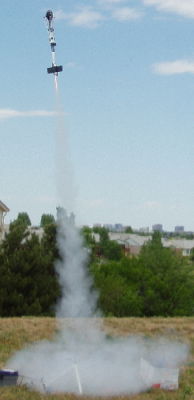
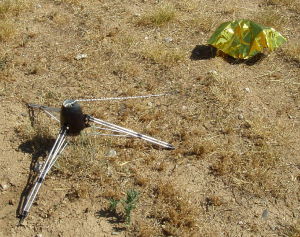
There are three flights on the Venus Probe to date. The first two were for me to get the bugs out. On the first flight, the parachute for the lander was not attached, it landed with no damage. The second flight was with a D12-3. The delay is a tad too long for my taste, and the ejection charge was very powerful. The booster parachute was burned off and the lander parachute was scorched, but there was no damage. Well third time is the charm. I had noticed that the space for the recovery system in this rocket was small so this time I packed the engine tube full of dog barf wadding then added three sheets of Estes wadding and two nice mylar parachutes that pack smaller than the plastic ones. Finally, there was a good fight and a good recovery. The lander landed on it's feet and the booster landed without damage.
Flight Rating: 4
Summary:
From what I have read here and elsewhere, the Venus Probe was a very underpowered rocket. This modification eliminates the weaker motors and gives a variety of higher powered options to the flier. The space for a recovery system is at a premium in this rocket. What is not expected is the lander extends a far way into the upper booster tube. The alien would take up even more space. This modification of alien removal, gives more room for the parachutes and stuffing the smaller motor tube with dog barf wadding leaves a larger area for the parachutes as well. With these modifications, this is a good flying rocket that is just slightly different than your typical Estes rocket.
Overall Rating: 4
Related Products
 |
 |